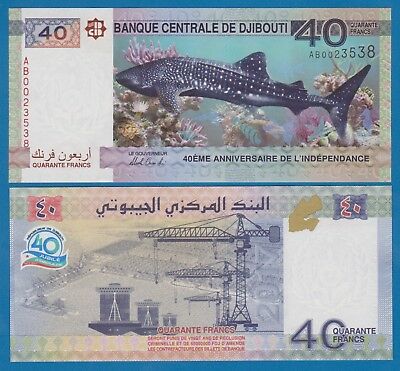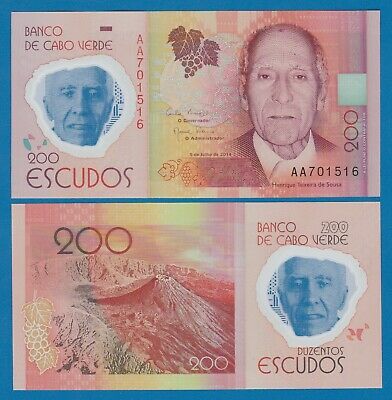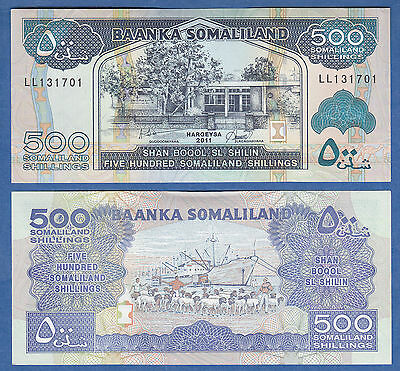-40%
Biafra 5 Shillings P-1 1967 VG
$ 4.75
- Description
- Size Guide
Description
One banknote of Biafra 5 Shillings P-1 ND1967 .Condition (opinion):Good+/ Very Good (VG). Washed note.Size:10,7cm/5,3cm (small).See below related information from the web.
---------------------------------------------------------------------------
Postage, including packing material, handling fees : Europe: USD 4.40 / USA $ 5.30. Rest of the World: USD 6.10
FREE of postage for any other additional banknote ,stocks & bonds or other items
.
Only one shipping charge per shipment (the highest one) no matter how many items you buy (combined shipping). Payment :
PayPal only.
-----------------------------------------------------------------------------
Guaranteed genuine -
One
month
return
policy
for
the
banknotes (retail sales) .
Returns accepted with no
questions.
Customers are invited to combine purchases to save postage.
Full refund policy ,including shipping cost,guaranteed in case of lost or theft after the completion of the complaint with Spanish Correos for the registered letters (purchases above $ 40.00).
As we have (or could have) more than one identical item ,the serial number may differ from those shown in the picture which is for reference only.
For purchases above .00 we send the orders registered with tracking number without extra charge, for purchases below .00 we ship as regular letters at the buyer's risk.
For purchases below $ 40,00 who want to register your letter with tracking number, please add an extra for : Europe .00 , U.S. .00 ,Rest of the word .00
For some destinations and purchases below .00 customers may be requested for this extra shipping payment in order to register the shipment with tracking number.
If for any reason, your item did not arrive yet, or you are not 100% satisfied with the item you have received, please do not hesitate to contact , I will do all it takes to provide the best service.
------------------------------------------------------------------------------
Banknote Grading
UNC
AU
EF
VF
F
VG
G
Fair
Poor
Uncirculated
About Uncirculated
Extremely Fine
Very Fine
Fine
Very Good
Good
Fair
Poor
Edges
no counting marks
light counting folds OR...
light counting folds
corners are not fully rounded
much handling on edges
rounded edges
Folds
no folds
...OR one light fold through center
max. three light folds or one strong crease
several horizontal and vertical folds
many folds and creases
Paper
color
paper is clean with bright colors
paper may have minimal dirt or some color smudging, but still crisp
paper is not excessively dirty, but may have some softness
paper may be dirty, discolored or stained
very dirty, discolored and with some writing
very dirty, discolorated, with writing and some obscured portions
very dirty, discolored, with writing and obscured portions
Tears
no tears
no tears into the border
minor tears in the border, but out of design
tears into the design
Holes
no holes
no center hole, but staple hole usual
center hole and staple hole
Integrity
no pieces missing
no large pieces missing
piece missing
piece missing or tape holding pieces together
--------------------------------------
Biafra, officially the Republic of Biafra, was a secessionist state in then southeastern Nigeria that existed from 30 May 1967 to 1970, taking its name from the Bight of Biafra (the Atlantic bay to its south). The inhabitants were mostly the Igbo people who led the secession due to economic, ethnic, cultural and religious tensions among the various peoples of Nigeria. The creation of the new state that was pushing for recognition was among the causes of the Nigerian Civil War, also known as the Nigerian-Biafran War.
The state was formally recognised by Gabon, Haiti, Ivory Coast, Tanzania, and Zambia. Other nations which did not give official recognition but which did provide support and assistance to Biafra included Israel, France, Spain, Portugal, Rhodesia, South Africa and Vatican City.[2][3][unreliable source?] Biafra also received aid from non-state actors, including Joint Church Aid, Holy Ghost Fathers of Ireland, Caritas International, MarkPress and U.S. Catholic Relief Services.[3][unreliable source?]
After two-and-a-half years of war, during which over three million civilians died in fighting and from starvation resulting from blockades, Biafran forces under the slogan 'no-victor, no-vanquish' surrendered to the Nigerian Federal Military Government(FMG), and Biafra was reintegrated into Nigeria.[4]
Secession
Main article: Nigerian Civil War
In 1960, Nigeria became independent of the United Kingdom. As with many other new African states, the borders of the country did not reflect earlier ethnic boundaries. Thus the northern Sudan and Sahelian Savannah region of the country is made up of Muslim majority, while the southern population was predominantly Christian and Animist. Furthermore, Nigeria's oil, its primary source of income, was located in the south of the country.
Following independence, Nigeria was divided primarily along ethnic lines with Hausa and Fulani in the north, Yoruba in the south-west, Ijaws and Igbo in the south-east.[5]
In January 1966, a military coup occurred during which 30 political leaders including Nigeria's Prime Minister, Sir Abubakar Tafawa Balewa, and the Northern premier, Sir Ahmadu Bello, were killed. It was alleged to be an Igbo coup because Nnamdi Azikiwe, the President, of Igbo extraction, and the premier of the southeastern part of the country were not killed.[6][7][8] Many others who held the 1966 coup in mind as being master-minded by the "igbo" ethnic group of Nigeria did so because Major Kaduna Nzeogu was perceived to be an "igbo soldier" and he led the coup.
In July 1966 northern officers and army units staged a counter-coup. Muslim officers named a Christian from a small ethnic group (the Angas) in central Nigeria, General Yakubu "Jack" Gowon, as the head of the Federal Military Government (FMG). The two coups deepened Nigeria's ethnic tensions. In September 1966, approximately 30,000 Igbo were killed in the north, and some Northerners were killed in backlashes in eastern cities.[9]
Now, therefore, I, Lieutenant-Colonel Chukwuemeka Odumegwu Ojukwu, Military Governor of Eastern Nigeria, by virtue of the authority, and pursuant to the principles, recited above, do hereby solemnly proclaim that the territory and region known as and called Eastern Nigeria together with her continental shelf and territorial waters shall henceforth be an independent sovereign state of the name and title of "The Republic of Biafra".
Chukwuemeka Odumegwu Ojukwu[10]
Biafra as a territory existed long before the amalgamation and independence of Nigeria as a republic. Chukwuemeka Odumegwu Ojukwu in pursuit of a more agreeable arrangement for peaceful co-existence of all regions in Nigeria proposed for a confederated Nigeria.
In January 1967, the military leaders and senior police officials of each region met in Aburi, Ghana and agreed on a loose confederation of regions. The Northerners were at odds with the Aburi Accord; Obafemi Awolowo, the leader of the Western Region warned that if the Eastern Region seceded, the Western Region would also, which persuaded the northerners.[9]
After the federal and eastern governments failed to reconcile, on 26 May the Eastern region voted to secede from Nigeria. On 30 May, Chukwuemeka Odumegwu Ojukwu, the South Eastern Region's military governor, announced the Republic of Biafra, citing the Easterners killed in the post-coup violence.[5][9][11]The large amount of oil in the region created conflict, as oil is a major component of the Nigerian economy.[12] The Eastern region was very ill-equipped for war, out-manned and out-gunned by the military of the remainder of Nigeria. Their advantages included fighting in their homeland and support of most South Easterners.[13]
War
The FMG launched "police measures" to annex the Eastern Region on 6 July 1967. The FMG's initial efforts were unsuccessful; the Biafrans successfully launched their own offensive, occupying areas in the mid-Western Region in August 1967. By October 1967, the FMG had regai...
The original word used by the European travellers was not Biafra but Biafara,[48][49] Biafar[50] and sometimes also Biafares.[51]
The exact original region of Biafra is not restricted to Eastern Nigeria alone. According to the maps, the European travellers used the word Biafara to describe the entire region east of River Niger going down to the Mount Cameroon region, thus including Cameroon and a large area around Gabon.The Bight of Biafra lies in the present South-South Region of Nigeria and was renamed to Bight of Bonny by the Nigerian Government. The word Biafara also appears on maps from the 18th century in the area around Gambia.[52]The Coustomary Government of the Indigenous People of Biafra (CGIPB) is a shadow government established for the Republic of Biafra through the merger of Indigenous Peoples of Biafra (IPOB), the Movement for the Actualization of Sovereign State of Biafra (MASSOB) as well as all other smaller pro-Biafra movements, with Nnamdi Kanu as the current globally acknowledged Igbo leader of the Biafra shadow government.Government










